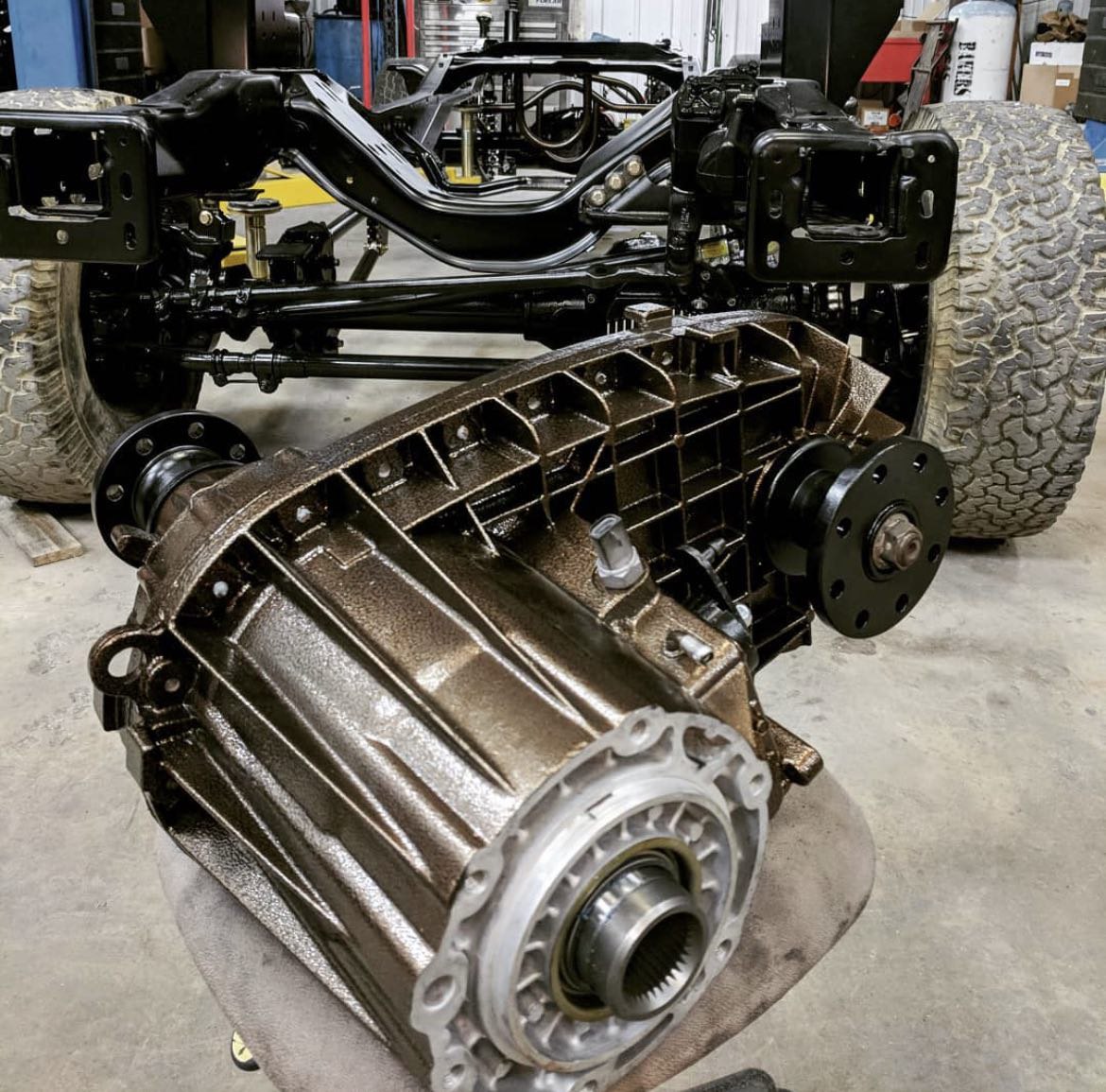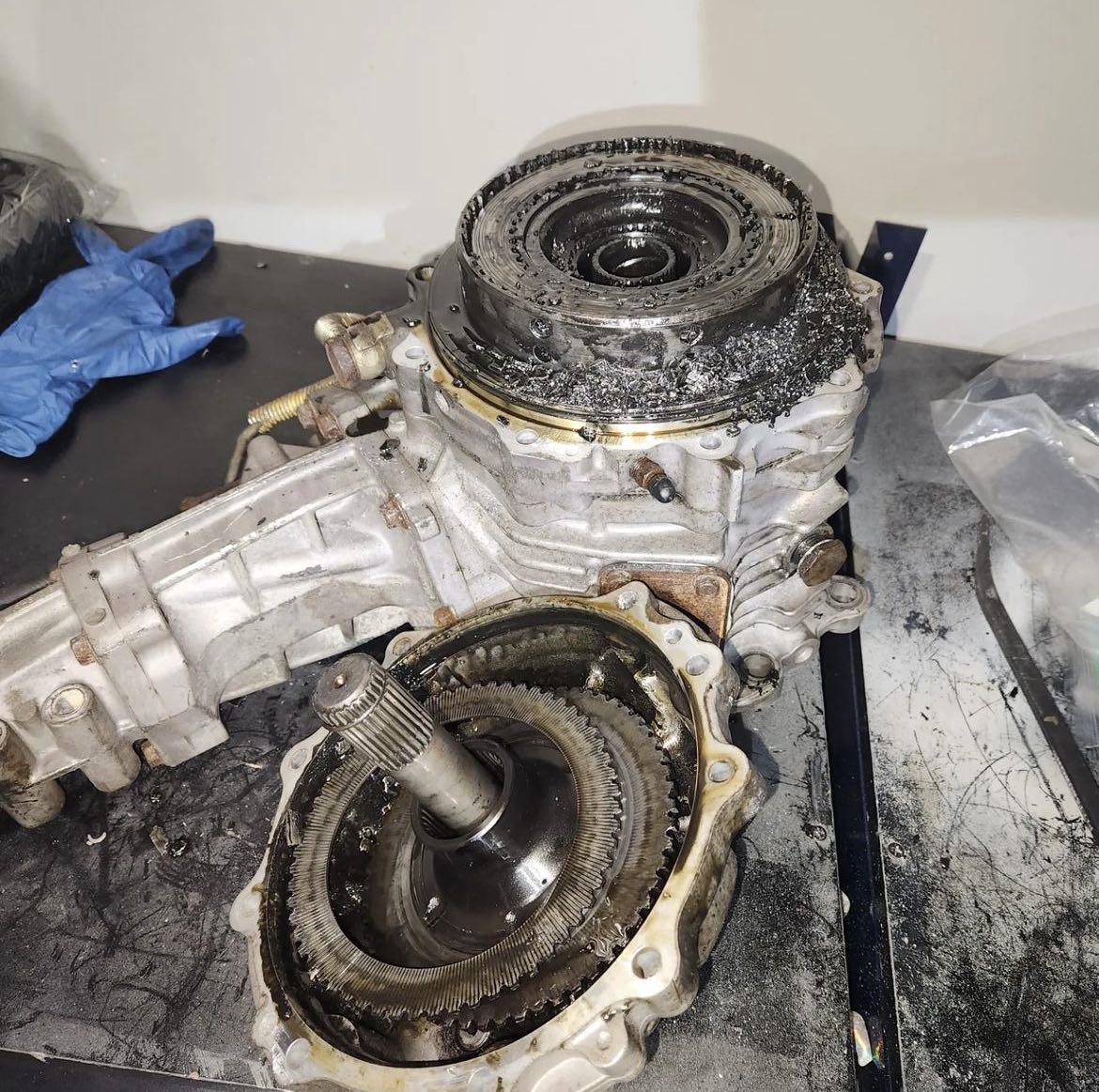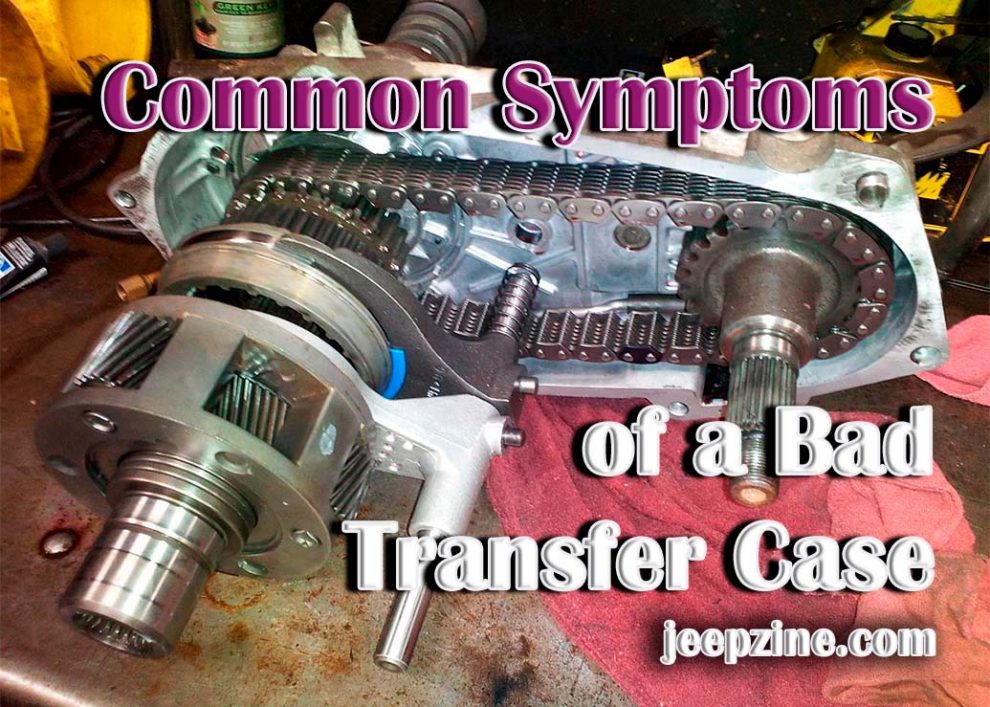The transfer case is an important part of a vehicle’s drive system, as it transfers the power from the engine to the axles. In 4WD vehicles, it also distributes power to all four wheels. When your vehicle’s transfer case is not operating correctly, you may experience many problems affecting its performance and safety. This article will discover common symptoms associated with a bad transfer case and discuss how to diagnose and repair these issues.
What Is the Transfer Case in a Vehicle?

Common Symptoms of a Bad Transfer Case
A bad transfer case in a vehicle can exhibit several common symptoms that indicate potential issues with this crucial component. One of the most common symptoms is difficulty shifting gears or engaging in the transfer case. It can manifest as resistance or grinding noises when switching between two- and four-wheel drive modes or vice versa. Another symptom is the occurrence of strange noises, such as whining, grinding, or clunking sounds, especially when the vehicle is in motion. These noises can indicate internal problems within the transfer case, such as worn-out gears, damaged bearings, or a faulty chain. A bad transfer case may also cause vibrations or shuddering sensations while driving, particularly during acceleration or deceleration. These vibrations can be felt in the vehicle’s chassis, floorboards, or steering wheel. A leaking transfer case is another common symptom, which can result in fluid puddles forming under the car. Leaks may stem from damaged seals, gaskets, or cracks in the transfer case housing, leading to a loss of vital lubricating fluid. Another sign of a malfunctioning transfer case is difficulty or inability to engage or disengage the four-wheel drive mode, even after attempting to do so. It could indicate problems with the transfer case’s control mechanism, shift linkage, or electronic components. Lastly, a bad transfer case may lead to uneven tire wear or tire-related issues. The power imbalances caused by a malfunctioning transfer case can cause excessive wear on tires, resulting in uneven tread wear patterns and potential handling problems. It is essential to address these symptoms promptly to prevent further damage to the transfer case and ensure the safe and efficient operation of the vehicle. A qualified mechanic or automotive professional will effectively diagnose and address transfer case issues.
Causes and Potential Issues with a Bad Transfer Case
The most common cause is the need for maintenance. The transfer case needs regular servicing, including fluid changes, like any other vehicle component, to function correctly. Neglecting this may lead to premature wear on the gears and other internal components. Another common issue is damage caused by off-road driving or driving on rough terrains that can strain the transfer case and lead to problems over time. Improper use of the vehicle’s 4WD system can also contribute to transfer case issues; for instance, using 4WD mode on dry pavement can cause excessive stress on the system leading to premature failure. Mechanical failures such as broken chains or gears within the transfer case are not uncommon and could result from normal use over time or sudden impacts or trauma while driving. Leaking seals are another potential problem that can lead to lubrication loss in your transfer case, causing it to overheat and fail prematurely.
How to Identify and Diagnose Issues with Your Transfer Case

The use of an electronic diagnostic tool might provide some insight into potential electrical faults impacting your vehicle’s four-wheel-drive system; error codes explicitly related to power train could be a sign of malfunctions associated with your car’s shift mechanism controls – inclusive of its ability for engaging/disengaging between different drive modes, i.e., 2WD; 4WD. Always remember that tackling potential symptoms immediately after they appear helps mitigate risk against further damage, ensuring safe driving conditions and optimal performance levels across all operating conditions.
Conclusion
In conclusion, the transfer case plays a crucial role in the functioning of a vehicle’s drive system, particularly in 4WD vehicles. A malfunctioning transfer case can lead to various problems, including difficulty shifting gears, unusual noises and vibrations, fluid leaks, and uneven tire wear. These symptoms often stem from causes such as lack of maintenance, rough driving habits, and mechanical failures. Regular servicing and early diagnosis are key to preventing extensive damage to the transfer case and maintaining the vehicle’s overall performance. If you notice any warning signs related to your transfer case’s functionality or performance levels, seek professional help for further diagnostics and necessary repairs or replacements. It will ensure your vehicle remains safe on city streets and off-road terrains while delivering optimal performance under all conditions.


Add Comment